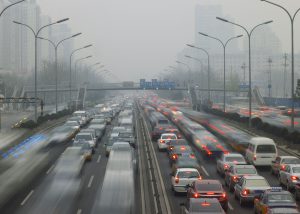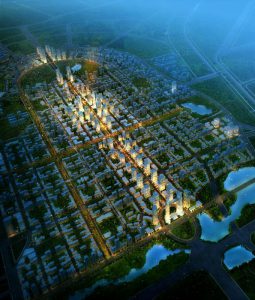This week, Oslo’s new city government said it wants to ban private cars from the city centre within four years as part of a plan for big cuts in greenhouse gas emissions.
It’s a move that potentially goes further than the partial bans on car use in other European cities and will require much further research on the potential consequences.
A coalition of leftist and green parties that won municipal elections last month has raised the prospect of a largely car free city centre, which is home to only about 1,000 people but where some 90,000 travel to work.
The city council also plans to build at least 60 kilometres of bicycle lanes by 2019, the date of the next municipal elections, and increase investment in public transport. But many details of how the plan would be implemented have yet to agreed and will be subject to public consultation.
But in the view of Transport Economics in Norway (TOI) Chief Researcher Aud Tennøy, who advised the new city government on their plans, a ban on cars in the city centre of Oslo can deliver multiple benefits, not just for retail and leisure sectors, but also for traffic safety, overall security, and curbing local pollution.
Many European cities, such as Brussels, Cambridge, Copenhagen, Paris and Vienna, have already banned petrol or diesel-fuelled cars in parts of their city centres, but many central business districts cannot be closed for all kinds of traffic.
One of the main challenges is to find ways to keep private vehicles out, but, at the same time, allow access for unregulated traffic, such as emergency vehicles, goods distribution to shops, commercial traffic and drivers with physical disabilities. There’s also the question of whether taxis and people who live in the city centre should be allowed to drive here.
A viable ban will depend on good rules and traffic signals that clearly define and detect which vehicles are allowed within the zone – such as fully electric vehicles – and those that are not. Public parking spaces would need to be removed, and preferably, cities will use the opportunity to turn car spaces into lively spaces for people and leisure facilities.
Oslo and Norway are rather unique in terms of the share electric cars. Norway’s generous incentives have created one of the largest penetrations for electric cars in the world, with a market share of 12.5% of new vehicle sales in 2014 – and which rapidly increased in 2015.
Curbing car use in Oslo will require thorough assessments with respect to air quality, retail development, the need to make quality of life in cities better.
A survey from 2014 showed that up to 8% of the turnover in shops in Oslo city centre comes from people who travelled to the centre by car. This shows that shopping and shops in Oslo are not very car dependent.
According to a recent report from Tennøy and fellow TOI researchers, more people use the city centre, and spend more in shops, if city centres are made more pleasant for pedestrians. Traffic-clogged and congested city centres lose market share to more remotely located trade because shoppers try to avoid the big crowds.
Trade-offs between car accessibility and a good urban environment can be solved. For example, through conscious prioritisation of pedestrians in the main walking areas, progressive parking pricing close to the most central areas and parking for employees and others on the outskirts of the centre.
Oslo’s proposal has generated a good deal of excitement on how the capital will change for the better. Researchers, both in Norway and beyond, are eager to learn how a largely car-free city can be created, and to what benefit.





